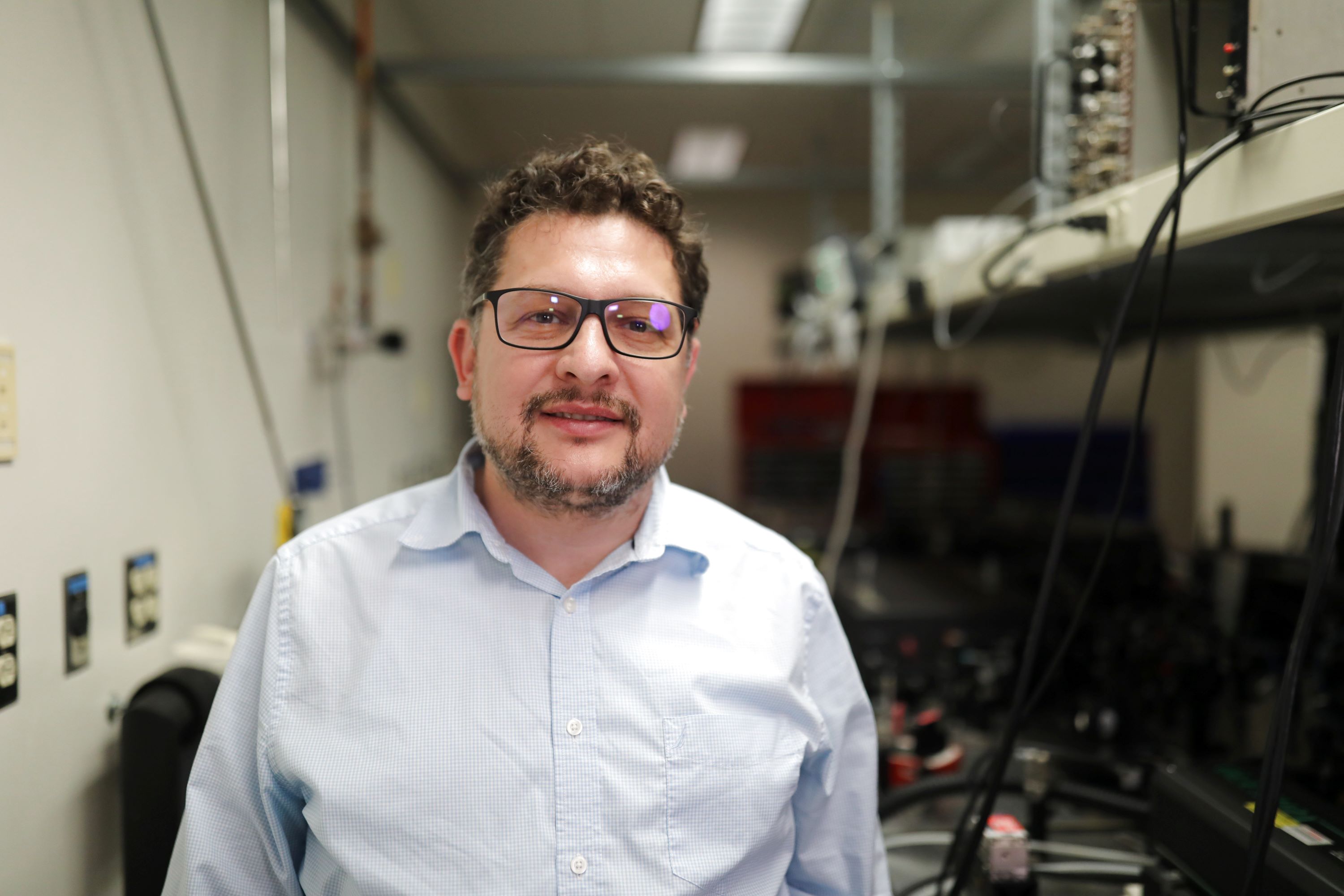Investigating quantum properties of lead-halide perovskites under practical conditions
According to Fortune Business Insights, the quantum computing market is projected to grow from $486 million in 2021 to $3.18 billion in 2028. This growth is expected as the demand increases for devices that can manipulate electrical currents and optical fields to store energy, process information, communicate and transfer data. Here, Professor Kenan Gundogdu, Head of the Quantum Division at NextGen Nano, explores recent breakthroughs in quantum states and how this can be used in the design of novel materials for emerging technologies.
When we hear the term ‘quantum mechanics’, we immediately think about complex scientific theorems and prominent physicists like Professor Stephen Hawking. We don’t tend to think about how quantum physics affects our daily lives. Advancements in computing, for example, have relied on the quantum wave-like behaviour of electrons and their ability to move through certain materials. Even your toaster displays the Quantum Hypothesis, where light is emitted from the heating element, which glows bright red when hot.
These principles are generally well known and understood. However, studying some macroscopic quantum states, like superconductivity and superfluourescence, isn’t straightforward. Generally, these states can only be observed in cryogenic temperatures around -260 degrees Celsius. Because of this, adopting quantum technology is hindered by the challenge of developing quantum materials functioning at pragmatic temperatures.
Let’s discuss some recent advancements and how results might affect future innovations in technology.
Superconductivity at high temperatures
Recent superconductor research, or materials that conduct electricity without any energy loss, has yielded promising results. Through a mechanism called the quantum analogue of vibration isolation (QAVI), where small excitations are observed from ambient disturbances, some quantum properties can be observed at unusually high temperatures. For example, the QAVI mechanism was observed in lead-halide perovskites, protecting quantum states from temperature-induced effects and ambient noise. This resulted in superfluorescence, observed in these perovskites at room temperature.
It has also been suggested that altering a material’s chemical composition will influence superconductivity. For instance, in the perovskite example, the QAVI mechanism was observed using heavier atoms, which altered the perovskite’s chemical structure.
Superconductors can be used in a variety of emerging technologies, including quantum information technologies to medical devices like MRI scanners. Therefore, understanding this fundamental quantum protection mechanism offers significant potential for developing quantum technologies functioning under practical conditions.
The research has certainly yielded interesting results, but what does the future hold for superconductors?
Well, for NextGen Nano’s Quantum Division, the focus will be in two directions. Firstly, efforts to manipulate materials, creating new, lower bandgap materials will increase. Band gap reduction is important for establishing quantum properties because doping the material with charge carriers increases the conductivity.
Finally, the role of crystal size in observing superfluorescence should also be a focus. Previous studies have shown that superfluorescence is observed in perovskite nanocrystals, a phenomenon previously limited to some gases and a few exotic materials. With more research, this quantum state could be used to boost the performances of light sources, optoelectronic devices, and many other quantum technologies.






